How, When & Why Is North American Seaplane Operator Harbour Air Transitioning To An All-Electric Fleet?
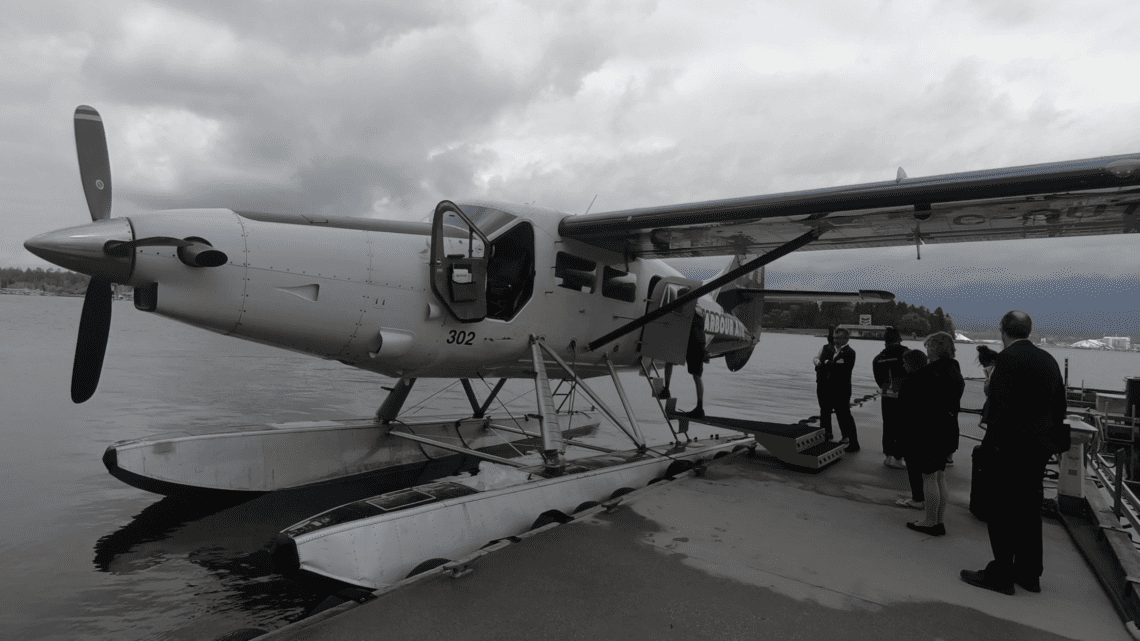
Summary
- Harbour Air aims for the 1st fully electric commercial flight by 2026 with engines manufactured by magniX.
- The fleet includes a DHC-3 de Havilland Turbine Otter, Twin Otter & Beaver, among others.
- A study suggests increasing battery lifespan is key to making electric aircraft like the one operated by Harbour Air greener than fossil-based ones.
Only a couple of years ago, Harbour Air[1] completed its first all-electric point-to-point test flight[2]. For this flight, a De Havilland Beaver was retrofitted with an electric engine.
 Related
Related
Flying A Seaplane With Harbour Air - Nanaimo To Vancouver[3]
For this flight, this chartered airline partnered with Washington-based magniX, an electric motor manufacturer for electric aircraft. Harbour Air made history on December 10, 2019, as "the world's first fully electric commercial aircraft" took to the skies in Richmond, BC.
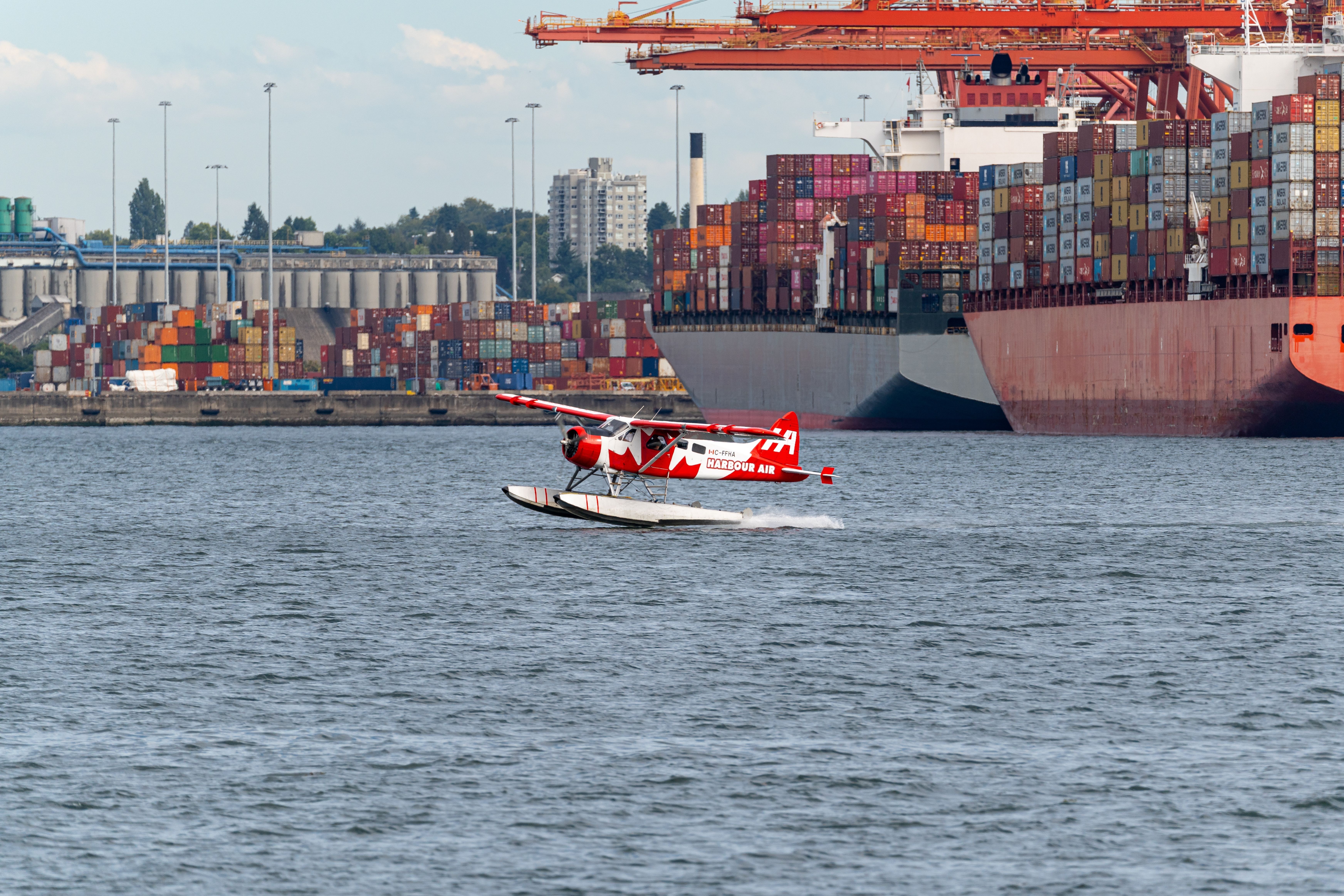 Photo: Eli Wilson | Shutterstock
Photo: Eli Wilson | Shutterstock
But when, how, and why is this North American seaplane operator transitioning into an all-electric fleet?
Let's find out.
2026 might just be Harbour Air's year
Harbour Air has set its sights on operating the first commercial flight at the end of 2026. The engine used in the DHC-2 eBeaver is the Magni500 EPU, which was developed by magniX. A few months ago, Harbour Air(YB) expressed its desire to magniX to purchase 50 units of the upgraded Magni650 version. magniX is working with Eviation[4] to deliver triple MagniX Magni250s for Eviation Alice[5].
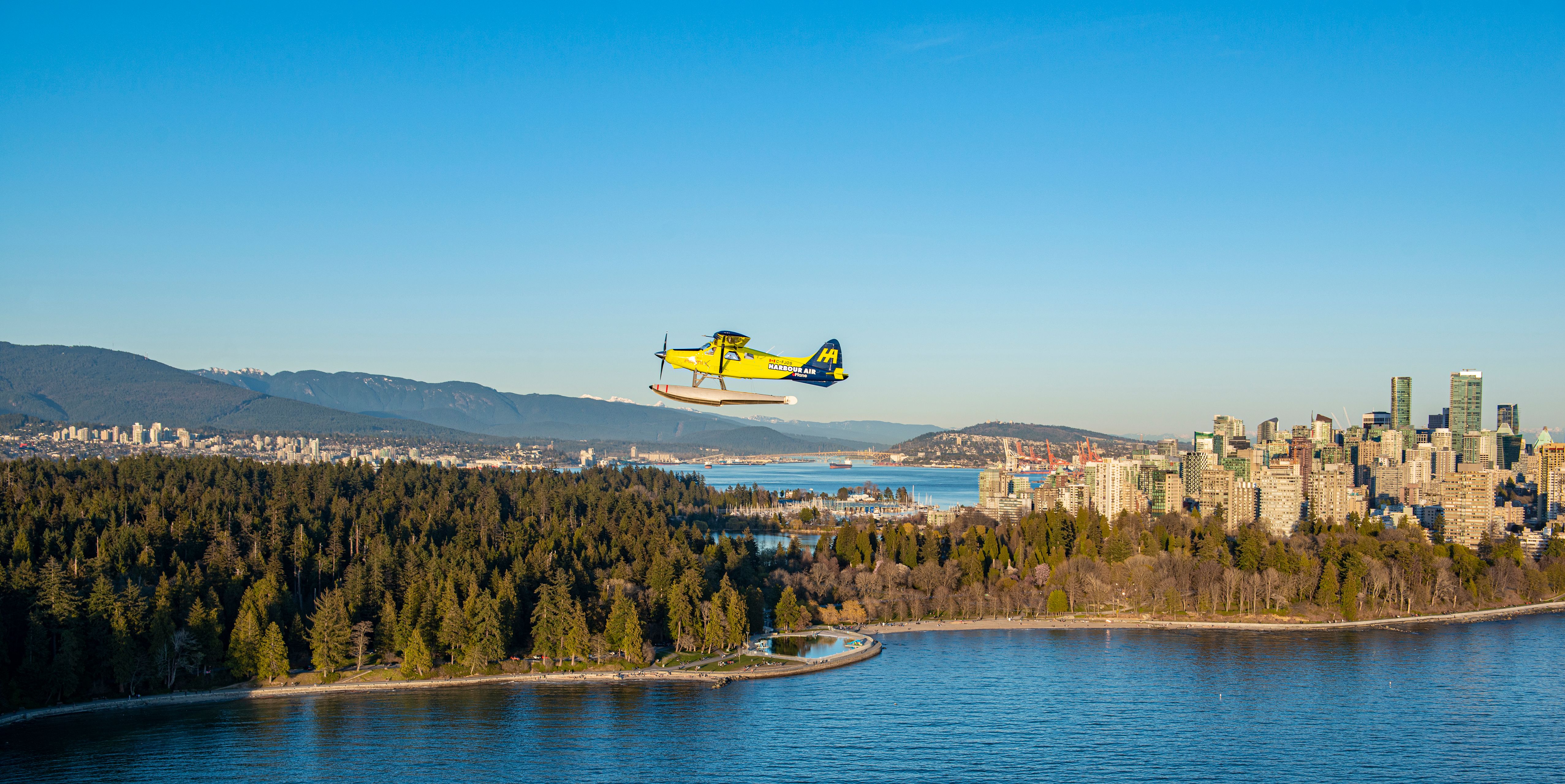 Photo: Harbour Air Seaplanes
Photo: Harbour Air Seaplanes
However, MagniX is still awaiting certification from the following organizations.
But before that, a few problems need to be solved
Harbour Air's flights average close to half an hour.
This had allowed the magni500 to replace the PT6 engines that had previously kept the aircraft of this North American carrier in the air. Analysts have reported that the[6] "cost of installing the electric motor comparable to that of replacing a piston engine or turbine". However, the airline isn't quite ready to operate the all-electric passenger service as of now. There are a few other problems it needs to fix.
Shawn Braiden, VP of Maintenance at Harbour Air, talked to Airways Magazine[7] about how there were issues with regard to running commercial operations with the fully-electric DHC-2 eBeaver: "We don't know what we don't know....Every time we fly the plane, we learn new problems and come up with new solutions."
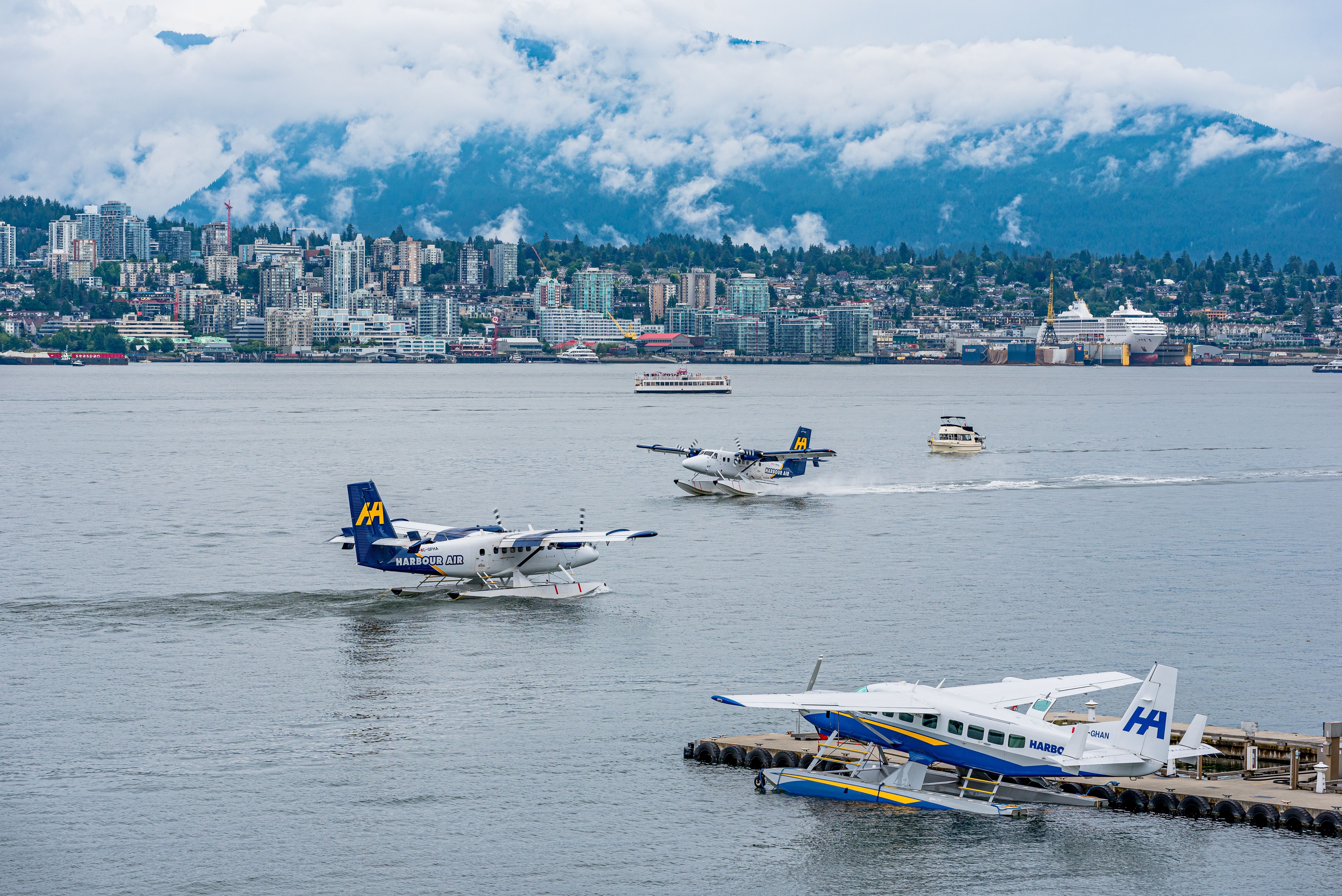 Photo: The Bold Bureau | Shutterstock
Photo: The Bold Bureau | Shutterstock
Another personnel working for the airline commented: "Harbour Air wants to fly this plane 8 to 12 times a day during tours, and the electric plant heats up with every battery charge and discharge during these operations."
Harbour Air's fleet
Harbour Air operates aircraft[8] of the following types:
- DHC-3 de Havilland Turbine Single Otter
- DHC-6 de Havilland Twin Otter
- DHC-2 de Havilland Beaver
- Cessna Grand Caravan EX
In 2018, Harbour Air added a Cessna Grand Caravan EX to its fleet.
This aircraft primarily serves the Vancouver/Seattle and Vancouver/Tofino routes and is equipped with IFR technology.
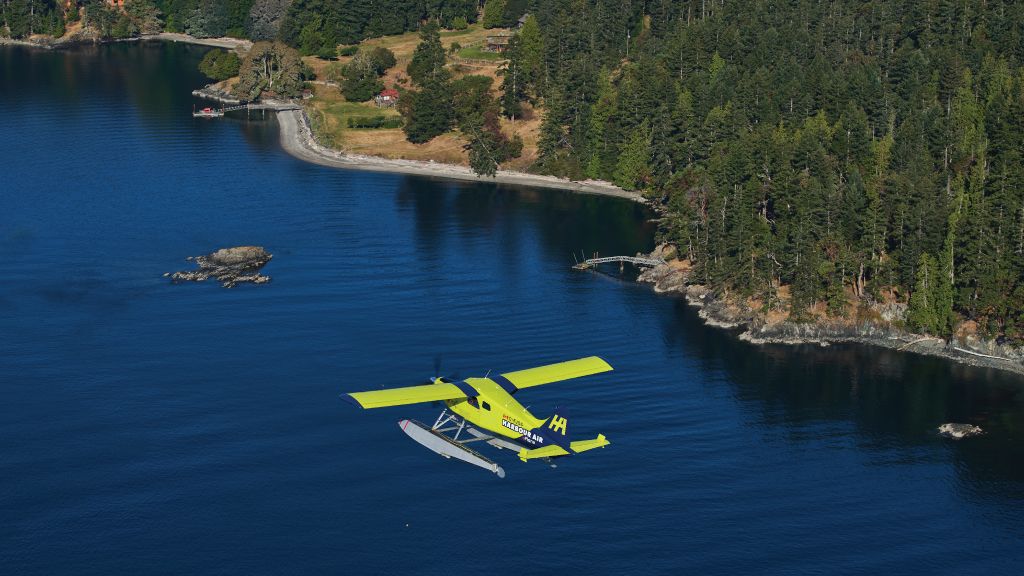 Related
Related
Harbour Air Provides ePlane Update[9]
Harbour Air expects its second electric plane to fly in 2024, most likely. According to data from planespotters.net[10], there are four DHC-6 de Havilland Twin Otters that Harbour Air operates. The first of these to be delivered is registered C-GFHA, and YB first received it in June 2018.
The last of the DHC-s it received is registered C-FDYL and was delivered in June 2024. It is 42.6 years old making it the youngest in the fleet. The oldest, in contrast, is registered C-GHAP and is 55.3 years old.
Harbour has 33 historical aircraft, and the average age of its fleet is 47.5 years.
Harbour Air is committed to sustainable aviation
In addition to being the "world's largest all-seaplane airline", Harbour Air is also North America's first carbon-neutral airline. Harbour's commitment to becoming the first carbon-neutral airline is rooted in its desire to help its communities[11]: "As part of our vision, we've always believed in doing the right thing for our people, our communities and for our environment.
This drove us to become North America's first fully carbon-neutral airline in 2007. But we can be bolder. Our ePlane project will ultimately turn our 40+ fleet of seaplanes from carbon-neutral to carbon-zero! "
 Photo: Harbour Air
Photo: Harbour Air
The airline further commented:
"We know that the electrification of our fleet is the next necessary step to truly make a difference in our environmental and economic goals. It is better for the communities we serve and it also to gives our passengers a better way to travel. It's a bold step in making a big difference for our planet."
Is electric aircraft the way forward for aviation to become carbon-neutral?
A study about the world's first Life Cycle Assessment (LCA) of an all-electric aircraft was published in The International Journal of Life Cycle Assessment[12].
The report posited that the way to bring an all-electric aircraft's environmental impact lower than a fossil-based aircraft would be to increase the longevity of the battery. The report went on to say: "The high burden of the airframe and batteries can then be outweighed by the benefit of more efficient and emission-free electric propulsion.
However, this comes with a trade-off in terms of increased mineral resource use."
 Related
Related
Life Cycle: What Are The Sustainability Advantages & Disadvantages Of Electric Aircraft?[13]
Electric aircraft will certainly bring a lot to the table.
It has been reported that currently, the all-electric aircraft industry[14] "lacks the kind of battery that would allow for long-term sustainable operations without the use of rare metals, a challenge that has proved difficult to solve thus far." Nontheless, much like sustainable aviation fuels (SAFs)[15], an all-electric pane can help the aviation industry reduce its carbon emissions in the short to medium term.
References
- ^ Harbour Air (simpleflying.com)
- ^ its first all-electric point-to-point test flight (simpleflying.com)
- ^ Flying A Seaplane With Harbour Air - Nanaimo To Vancouver (simpleflying.com)
- ^ magniX is working with Eviation (www.flightglobal.com)
- ^ Eviation Alice (simpleflying.com)
- ^ Analysts have reported that the (www.smithsonianmag.com)
- ^ talked to Airways Magazine (www.airwaysmag.com)
- ^ Harbour Air operates aircraft (harbourair.com)
- ^ Harbour Air Provides ePlane Update (simpleflying.com)
- ^ According to data from planespotters.net (www.planespotters.net)
- ^ its desire to help its communities (harbourair.com)
- ^ The International Journal of Life Cycle Assessment (link.springer.com)
- ^ Life Cycle: What Are The Sustainability Advantages & Disadvantages Of Electric Aircraft? (simpleflying.com)
- ^ currently, the all-electric aircraft industry (simpleflying.com)
- ^ much like sustainable aviation fuels (SAFs) (simpleflying.com)